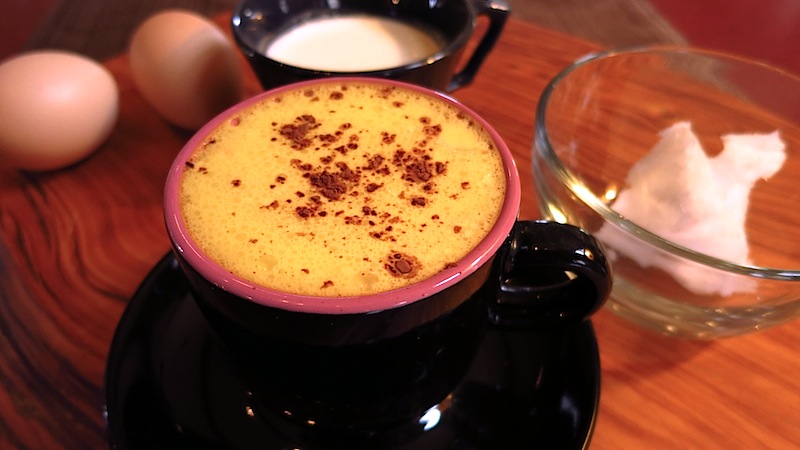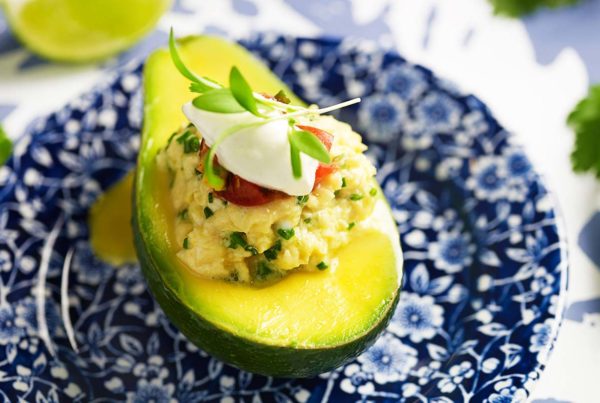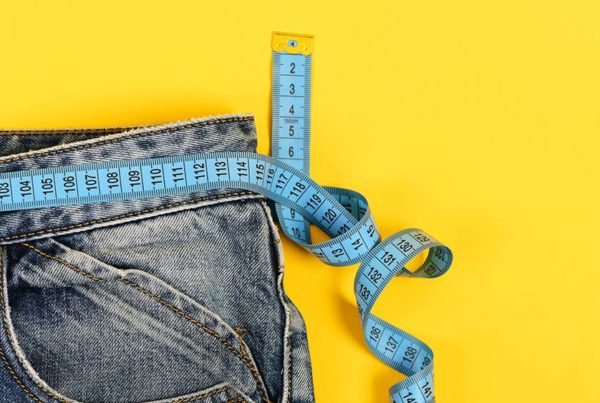
Caffeine and fat are potent metabolism stimulators
Properly roasted well-brewed organic coffee is high on my list of life’s pleasures. The smell of aromatic beans as I carefully remove them from jar to grinder each morning brings a smile of excitement. It continues with the intense taste of the first sip, through the last drop, and beyond. The therapeutic effects on my brain and body still continue to amaze me. My recent article on the Dr. Phil’s Fat-Burning Coffee Menu generated some further questions and comments about this wonder food which I hope to address here.
Drinking Coffee
Coffee is among the most studied food in science. One of its well-known actions is its ability to promote fat-burning. As the food highest in caffeine, it has been shown to reduce stored body fat, especially belly fat, and lower the risk of diabetes, liver and colon cancer, cardiovascular disease and chronic inflammation.
Coffee polyphenols — naturally occurring phytonutrients in the bean — also can help regulate body-wide fat metabolism, improving regulation of insulin and glucose, and helping to reduce the tendency toward fat storage and cardiovascular disease as well.
But this does not mean adding coffee to a diet of junk food makes it healthy. Refined carbohydrates will easily negate the potential health benefits from good food and exercise, not to mention ruin a great cup of coffee.
Of course, too much caffeine can be a problem, and some people are much more sensitive than others. It can overstimulate the brain and adrenal glands, revving up the sympathetic nervous system too much, creating an autonomic imbalance. These problems can quickly lead to reduced health. Consuming coffee wisely — drinking the amount that has positive health effects and no more — is part of a healthy diet.
Eating Fat
Can consuming fat help burn body fat? Yes. This happens because eating healthy fats stimulates brown fat stores, which are metabolically active. While they make up only 1 percent of total body fat, they help burn fat in the major white fat storage areas of the belly, hips, and everywhere else.
Without brown fat’s metabolic action, we can gain body fat, have low energy, and even become sluggish in the winter due to the human hibernation effect. In addition to eating natural fats to burn body fat, there are a number of ways brown fat can be activated:
Caffeine can increase brown-fat activity. But too much caffeine can trigger stress, and like other stress, can reduce fat-burning and actually promote fat storage.
Food frequency can affect brown fat to either increase or decrease fat-burning. Eating several healthy meals or snacks a day — instead of one, two, or three larger ones —can trigger thermogenesis, an important post-meal metabolic boost that can increase fat-burning. Those who become well-adapted to fat-burning eventually require less calories and can reduce food and meal intake, but don’t try this until your metabolism is successfully burning more body fat or you’ll get hungry — a symptom of reduced fat-burning. In addition, if caloric intake is too low for your body’s need, brown fat can slow the burning of white fat; this often happens on a low-calorie diet, and when meals are skipped.
Refined carbohydrates, including sugar and other high glycemic items, can reduce fat-burning almost immediately. So if you have a raging sweet-tooth and add a teaspoon or more of sugar to your fat-burning coffee, the benefits may not be realized — you’ll just be adding more calories to a poor fat-burning body and build fat stores. Likewise, if you have a bowl of cereal, a bagel or other junk food as high-glycemic items impair fat-burning. (Artificial sweeteners may do the same, and maintain your sweet tooth and sugar addiction.)
Tea Time
Similar fat-burning and health benefits have been shown for the various types of caffeinated teas, including black and green. If you’re not a coffee drinker but tolerate and enjoy tea, you can still create a morning fat-burning fare. It’s simple: along with your tea, have some fat. Depending on availability and food likes, this can include the ingredients for Phil’s Fat-Burning Coffee without the coffee. Whether you find a way to add these or other fats to tea, or eat them separately, experiment. Other fats work well too. Consider an avocado, for example. Just add salt and eat it with a spoon. When traveling and unable to obtain ingredients for my coffee, I drink it black with a Phil’s Bar “Keto”.
If you’re looking for published studies for this topic, you’ll have no trouble finding them through a Pubmed search. Here is one I happen to have open at the moment:
Soga S, et al. Stimulation of Postprandial Fat Utilization in Healthy Humans by Daily Consumption of Chlorogenic Acids. Biosci Biotechnol Biochem 77(8);1633-1636, 2013.







